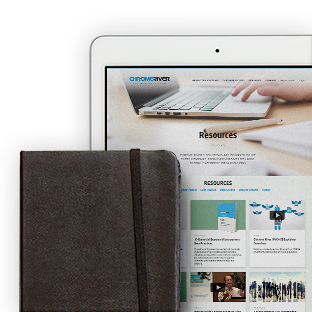Do you know your true travel program spend? The figure that your travel agency provides may give you the cost of your flights, hotels and car rentals, but that doesn’t tell the whole story.
How do you calculate the cost of a travel program for your business? The likely answer is to look at the travel agency’s invoices for flight and hotel bookings, and car rentals. However, these channels often represent less than 60% of the total spend. In fact, according to data from TCG Consulting, the overall cost of an organization’s travel program can be up to 64% above agency reports. The question is: how can you track all these sources of visible and hidden spend, and even more critically, how can you control and optimize them? Your true cost of travel can account for up to 12% of an organization’s overall annual revenues, so understanding, and capturing the actual spend is critical for every CFO.
Understanding Overall Corporate Travel Spend
Calculating the overall cost of corporate travel enables organizations to accurately capture and manage the true cost of travel programs. In addition to spend via approved booking channels, there are many additional areas to be assessed and integrated: travel bookings made outside of preferred channels and policy, out-of-pocket travel expenses such as meals and Uber rides, as well as other spend via corporate cards. Leveraging a TCO approach, such as TCG Consulting’s Total Cost of Ownership for Travel, Meetings Payment & Expense (TCO-TMPE℠), enables the capture, integration and optimization of all traditional visible program costs plus previously hidden costs dispersed across multiple budgets within the organization such as agency account management fees, cost of treasury, reconciliation, card and expense workflow processing, and internal administration fees.
Benefits of Optimizing Total Travel Program Spend
Traditional sourcing-driven approaches are delivering annual savings of less than 3%, while organizations taking a more holistic approach to travel spend optimization are seeing savings up to 23% on all visible costs and up to 35% on previously hidden cost areas.
Implementing this approach can help CFOs and CPOs to understand and control the total cost of their travel program, and can deliver a range of benefits such as:
- Reduce total spend
- Reduce bypass and spend outside of policy – improve compliance
- Improve the business traveler experience
- Reduce processing and workflow inefficiencies
- Expense submission enhancements – “giving back” time to users
- Enhance spend visibility and reporting to identify future opportunities – leading indicator patterns, policy violations, business unit comparisons, etc.
- Improve the reconciliation process
- Improve your overall card rebates
- Better manage meeting spend in the overall scheme of your program
- Identify and reduce hidden fees and administrative costs
- Reduce organizational risk
- Increase organizations' ability to quickly scale program growth
To learn more about optimizing your overall travel and expense program spend, contact info@chromeriver.com.

